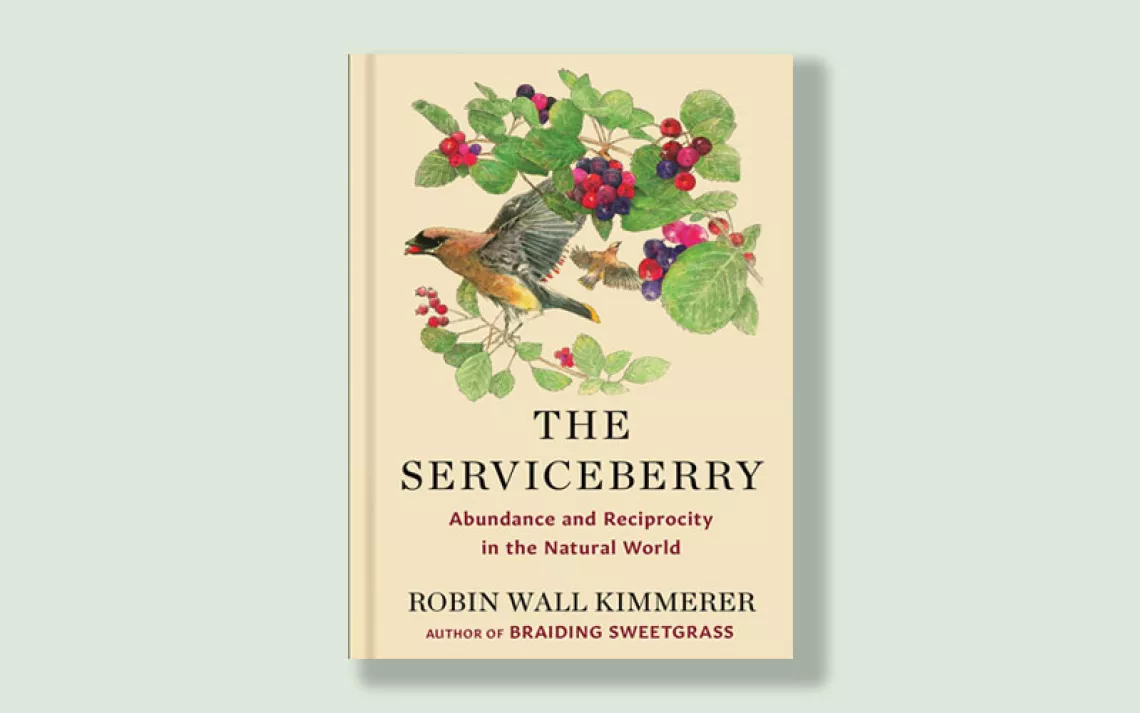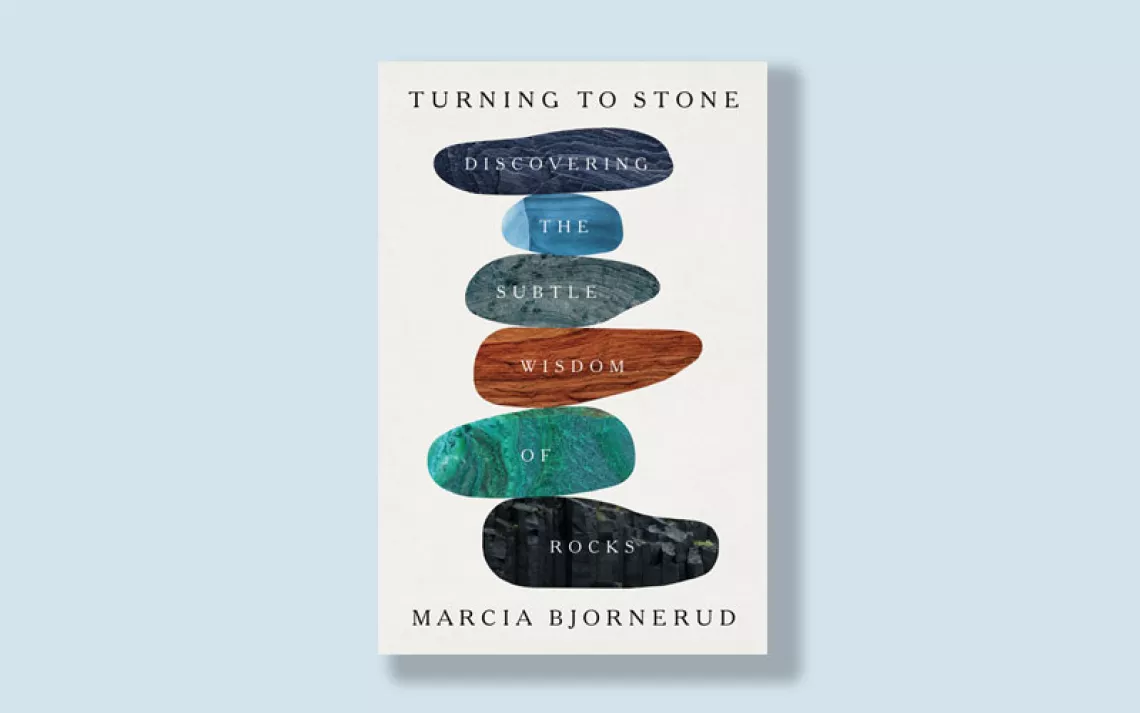Minister for the Sierra
A conversation with Kim Stanley Robinson about his love affair with a mountain range

Photo by Darryl DeVinney
In July 2016, I joined a few dozen fans at my local bookstore to hear science fiction writer Kim Stanley Robinson read from his novel Aurora. Maybe the others came to hear about interstellar travel and the perils of planetary colonization, but I came to ask the New York Times bestselling author about the Sierra Nevada.
I’d been reading Robinson’s novels for 15 years with cultlike admiration, and in almost every book, I found detailed descriptions of High Sierra lakes and passes that would be familiar only to a devoted off-trail hiker. So when Robinson finished his reading and questions from the audience began to fade, I raised my hand and asked if we could talk about the Sierra Nevada. He lit up like my seven-year-old nephew on Christmas morning.
No surprise, then, that Robinson’s first departure from fiction is a tribute to his favorite mountain range: The High Sierra: A Love Story. Part textbook, part guidebook, part memoir, it attempts to answer eternal questions: Can a love affair be cataloged? What responsibilities accompany the privilege of enjoying wild lands? How do we best honor the places we love?
“I’ve wanted to write this Sierra book for at least 25 years, but there were always other things to write,” Robinson explained over the phone from his Davis, California, home. “As I got older and faced various medical and personal complications, I began to realize I could very easily die in the next 10 minutes, and as I was keeling over, I’d be saying, ‘Damn, I never wrote that Sierra book!’”
Shelter-in-place was the perfect excuse to get down to business. “During the pandemic that book just came pouring out of me, a lot of the chapters I wrote in a single push,” he said. “Originally I wrote about 30 percent more than what is in there now.”
What’s in there is over 500 pages of text and a gallery of images ranging from satellite photos to woodblock prints. It has the heft and beauty of a coffee-table book, along with the clear, approachable prose, interpersonal struggles, and narrative flow that Robinson is known for.
Many of the 70 chapters could stand alone as essays on geology, natural history, place-names, gear recommendations, route descriptions, or short biographies of other Sierra lovers. There’s even an annotated bibliography of his favorite Sierra books. Detailed descriptions of plants, animals, rocks, and a typical day in the high country make the book sparkle like sunshine on flowing water.
But it’s the chapters about Robinson’s own affair with the Sierra that tie the whole book together: dropping acid before his first High Sierra hike, a backpacking trip with a woman who became his wife, and the blossoming and fading of friendships through the lens of alpine backpacking trips. Even though I’ve spent a thousand days in the high country and read everything I can find about the Range of Light, The High Sierra surprised and delighted me. I picked up practical tips on lightening my load, read about the mountaineering women of the early Sierra Club, and learned that all the Sierra summit registers are stored in UC Berkeley’s Bancroft Library.
Robinson’s most recent novel, Ministry for the Future, won international acclaim for its detailed description of the best possible outcome of the Anthropocene epoch. “After I wrote this book about how we can save the planet, I’ve got this book about a hippie wandering around the High Sierra,” Robinson said, laughing. “It’s an amazingly privileged position to be in that I was free to do that. I felt a little uncomfortable about it.”
One thing that has changed over Robinson’s long years in the mountains is his relationship with the animals that live in the High Sierra. “When I was younger, I didn’t notice interactions with wild animals as being transformative and important,” he admitted. “Now when I see wild animals up there, it’s like sticking my finger in a wall socket.”

Make every day an Earth Day
Get articles like this one sent directly to your inbox.
With this action you affirm you want to receive Sierra Club communications and may vote on policy designated by the Sierra Club Board.
For example, he said, “Sierra Nevada bighorn sheep aren’t suburban hobbyists—they can’t exist without the wild. So I began to think of myself as an advocate, a friend of the court, to direct my efforts towards preserving that land up there for a cause bigger than myself, or even my species.” Robinson let out a sigh. “That’s a great feeling.”
Robinson said that he drew inspiration from the late conservation biologist E.O. Wilson’s book Half Earth. “When Wilson’s book came out, the idea of preserving half the surface of the planet for nonhuman species seemed ridiculous, but now we have California 30 by 30, a movement to protect 30 percent of the state by 2030,” Robinson explained. “Preserving wilderness is necessary if we are going to avoid the looming climate crisis.” He paused and then added, “This winter is scaring me. It is possible we will break the record for the longest winter dry spell in California history.”
Still, he finds hope for his beloved Range of Light. “There is evidence of historic mega-droughts in the Sierra; every plant up there has survived them, or they wouldn’t be up there. They are very tough extremophiles. Climate change will stress them out, but it doesn’t mean it will turn into the Atacama or something!”
And climate change also intensifies the human stresses of modern living. “Life in the flats has to do with money and political stresses,” he said. “Everyone has an excess of anxiety and anger bottled up, which begins to distort our sense of what’s important. It’s like we constantly have this feeling we want to lash out and trample something. Climate change is creating political pressure that could lead to World War III.”
The struggle is real, but the antidote is available. Robinson joins a choir of mystics, poets, and activists who advocate for a return to our original home in the wild. “All of us have lost our balance somehow,” explained Robinson. “And how do we get it back? If we’re lucky we can go up to the High Sierra, and think, ‘Wait a second—this meadow is 10,000 years old, this granite is millions of years old.’ I’ve been lucky that for most of my life I’ve been able to go to the High Sierra to restore my spirits and get perspective. It’s calming, like auto-psychotherapy.”
 The Magazine of The Sierra Club
The Magazine of The Sierra Club



